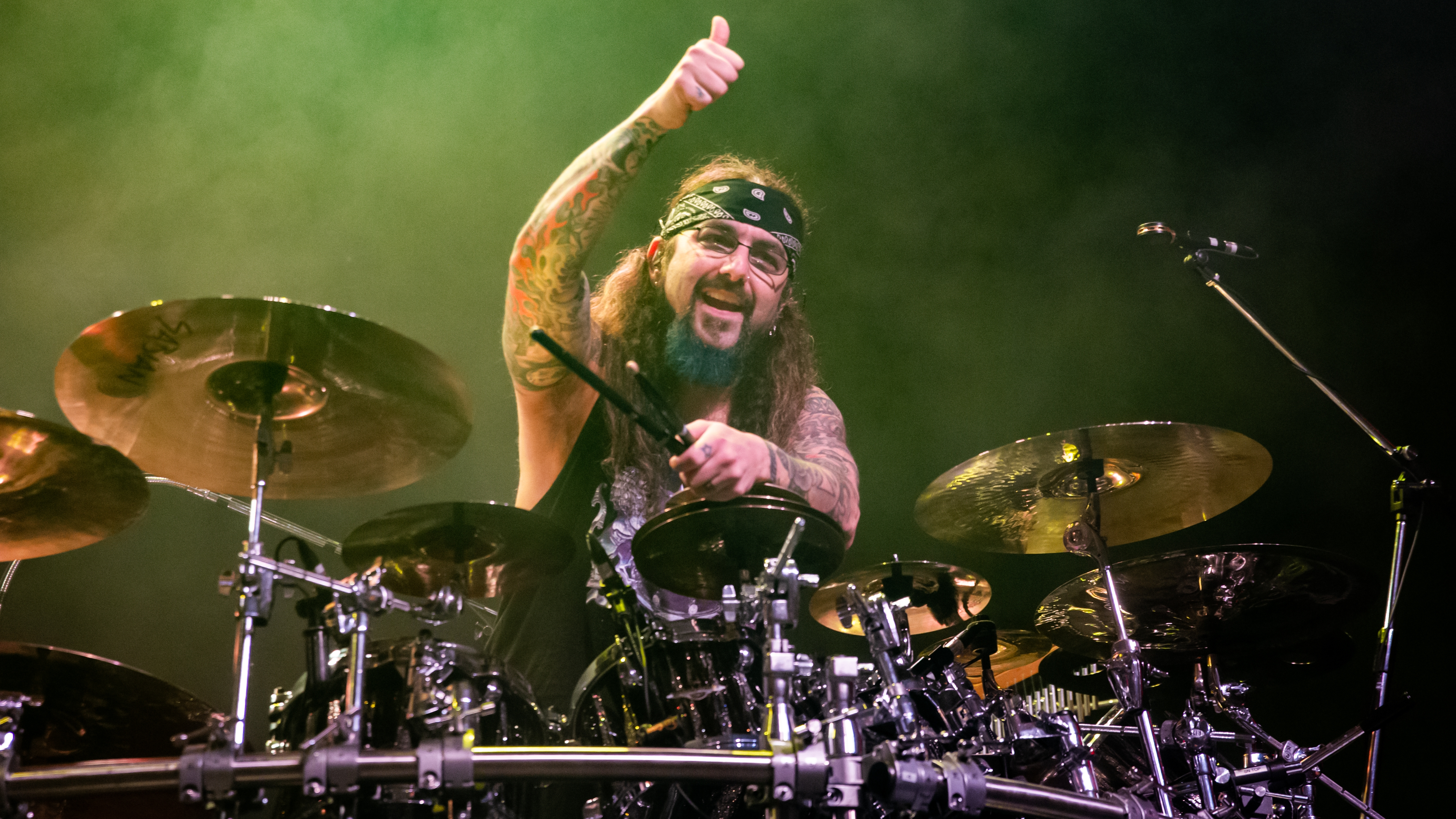NAMM 2020: Audio Damage’s Continua is a ‘smooth and simple’ analogue-style soft synth
Mac/PC and iOS instrument majors in waveform morphing and modulation
NAMM 2020: If ambient and chilled synth sounds are your thing, Audio Damage may be able to satisfy your downtempo desires with its new Continua synth.
Said to be a “thoroughly modern” instrument, this 3-oscillator analogue-style synth offers two filters, up to 16 unison voices, a multitude of modulation possibilities and three onboard effects.
There’s a strong focus on smooth waveform morphing, and all morphing controls can be modulated. In fact, pretty much every parameter can be modulated: four LFOs, two ADSR and two multi-stage envelope generators, a Sample & Hold generator, two XY pads and eight macros are freely assignable by right-clicking any target control.
All envelopes and LFOs are polyphonic, too, opening up further expressive avenues (particularly if you have an MPE-compatible controller).
Effects include a reverb that’s tailor-made for long, dense and heavily modulated tails, and chorus and delay processors.

“We wanted to build a modern, more experimental virtual analogue instrument - one that departed from the current trend of wavetable synths,” explains Audio Damage co-founder Chris Randall.
“Our goal was for Continua to be simple to use and very smooth, with a ‘morph everything’ approach, and the end result is a synth with endless sound design potential, and a characteristic affinity for pads, soundbeds and atmospheres. We couldn’t be more proud to share it with the world.”
Get the MusicRadar Newsletter
Want all the hottest music and gear news, reviews, deals, features and more, direct to your inbox? Sign up here.
Continua is available at the introductory price of $79 on PC and Mac (a demo can be downloaded, too), and $7.99 on iOS (coming soon to the Apple App Store).
Find out more on the Audio Damage website.



I’m the Deputy Editor of MusicRadar, having worked on the site since its launch in 2007. I previously spent eight years working on our sister magazine, Computer Music. I’ve been playing the piano, gigging in bands and failing to finish tracks at home for more than 30 years, 24 of which I’ve also spent writing about music and the ever-changing technology used to make it.









